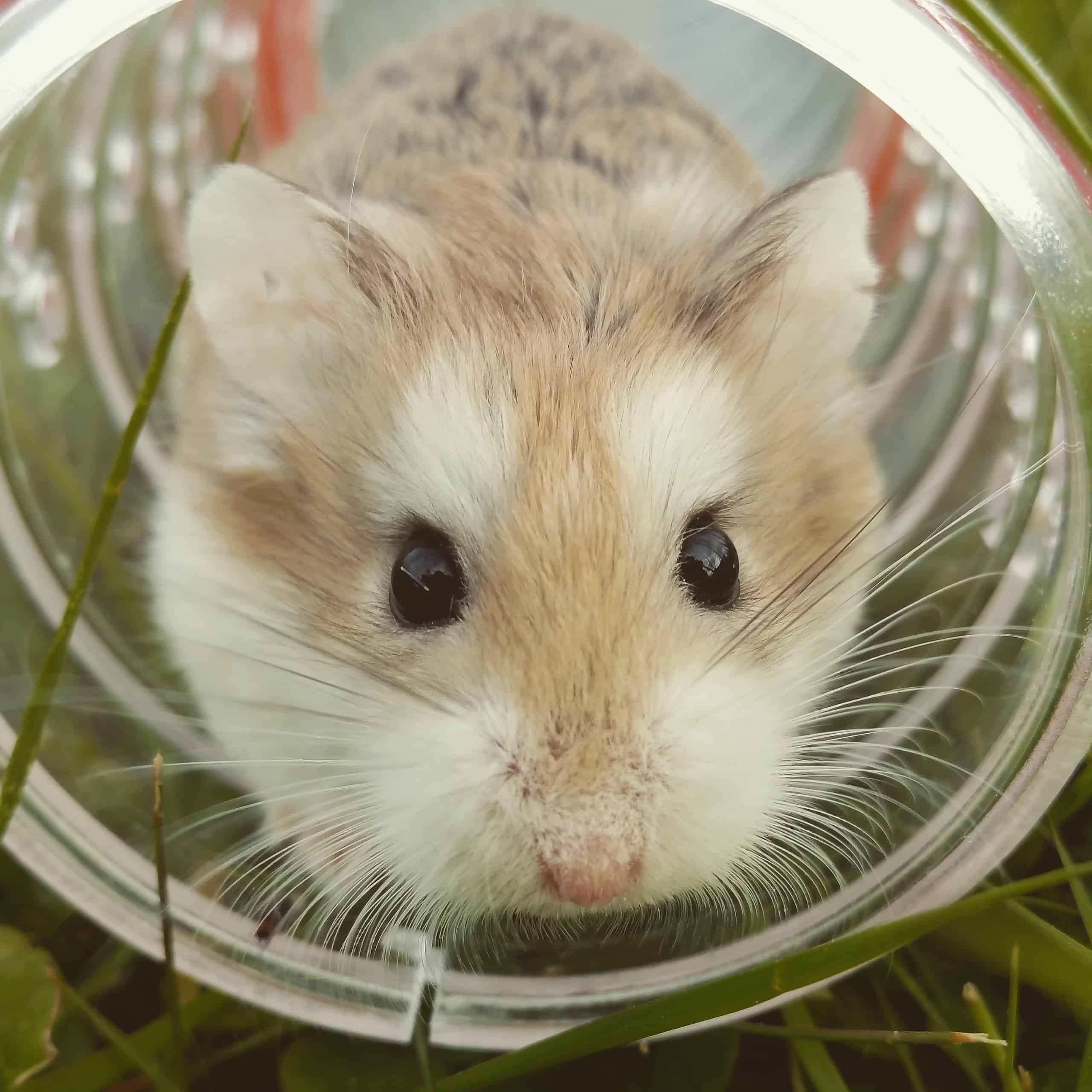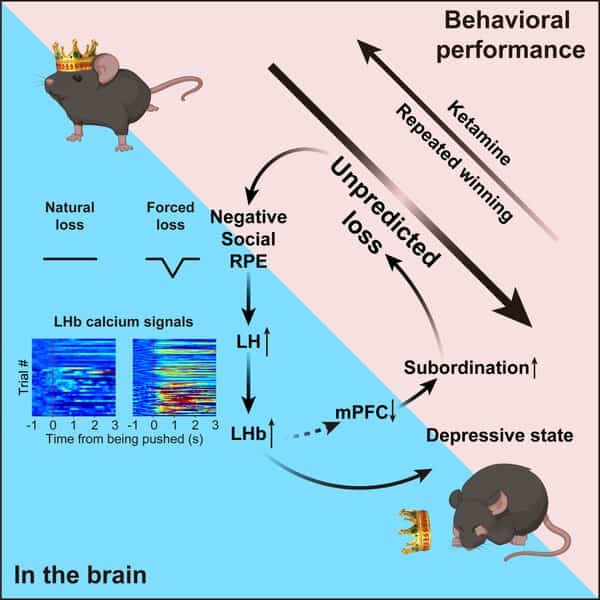Humans aren’t the only ones that build intricate social networks. While our networks are particularly complex, animals also have their own structures that define their relationships. That includes mice.
Both in the lab and in the wild, mice live in hierarchies. In these hierarchies, dominant male mice often impose despotic regimes. They get the best sleeping place, the best food, the best females, they even get to pee in a separate place. But when they lose their social status (say, because researchers rigged fights against them), they start to spiral. They develop depression-like symptoms and their mental health deteriorates severely. This could be important for humans as well.

Forced to lose
Mice have been long been used as models to study various phenomena — and this includes psychology. The findings don’t always translate from mice to humans, but there are some similarities that make such studies important. For instance, both in mice and in humans, mental health is closely related to social status, says Professor Hu Hailan.
So Hailan and colleagues set up a system to test what happens when a mouse would lose its social status. They set up a battle system that doesn’t include any bloodshed. In fact, it was more like a battle of wills; except one participant’s will was rigged.
The mice were put in a face-to-face encounter in a narrow tube. Ten times a day, over four days, two mice would bump noses and one had to give way. The battles were between alpha mice and lower ranked mice. But there was a catch: the lower ranked mice could only go forward as the way backward was blocked. They had no other option but to advance on their social superior.
Initially, the alpha holds its ground. But after an endlgess barrage, it starts to doubt itself. Eventually, it concedes and lets the lower ranked pass through.
“This shows that it has lost its dominant position,” says Fan Zhengxiao, the leading author of the study.
This is when the drama really starts happening.
Depression and social status

As soon as they start losing their social status, mice start to show obvious signs of depression. They act differently and even their physiology starts to change. It’s pretty much what you’d expect to happen to humans as well.
“Alpha’s experience, to some extent, mimics depression induced by the decline in dominance in the human world,” says Fan Zhengxiao.
The lower ranked mice showed little signs of depression. So it’s not the loss itself or the experiment that is getting the mice depressed, it’s losing the ‘alpha’ status.
Then, Hu and colleagues turned to a technique that can image the mice brains in real time. Essentially, the technique can highlight which proteins and neurons are active. They especially focused on a region called the lateral habenula. This region is analogous to a region in the human brain researchers call the “disappointment center.” Basically, when we’re disappointed, neurons in that region start to flare up. In people with depression, neurons in that region are hyperactive.
The depressed mice also had increased activity in this region. But when the mice were administered a dose of an antidepressant (ketamine), or when activity in the “disappointment center” was reduced with an intervention, their mood improved and they even regained their social status.
A model for human depression
The study highlights a clear connection between the “social brain” and the “emotional brain” — this is likely the case in both humans and mice, although the mechanisms can be different. It shows that disappointment can weaken our grit and our spirit, leading to mounting frustration and potentially spiraling into full-blown depression.
But more important, it highlights a potential avenue for dealing with depression. Essentially, treating depressive symptoms may help to break a vicious cycle. Frustration mounts, our disappointment neurons start firing, we get even more frustrated, and so on. If we can break the cycle, then perhaps we can start “winning” again and tackle depression-like symptoms.
Another important takeaway, says Hailan, is that high-ranking mice that are only accustomed to winning can be more fragile and vulnerable to losses. The same may be happening in humans, so it can be worthwhile to focus on some “frustration education,” the researcher says.
But there are also important limitations. Of course, the findings may not translate to humans. Even if they do, this study only focuses on males. Female mice have different social dynamics and the study would not carry over to them, the researchers say.
In conclusion, the study by Professor Hu Hailan and colleagues offers important insights into the parallels between animal behavior and human psychology, particularly concerning the impacts of social hierarchy and status on mental health. By observing the behavioral and physiological changes in mice stripped of their dominant status, researchers not only enhance our understanding of animal social structures but also offer a compelling model for human depression.
Furthermore, the potential therapeutic strategies emerging from such research — be it the use of antidepressants like ketamine or other targeted interventions — underscore the importance of a multifaceted approach to mental health treatment. The work suggests that by addressing the neurological underpinnings of depression, we may not only alleviate symptoms but possibly restore an individual’s sense of place and purpose within their social world.
Journal Reference: Compared with low-ranking mice, high-ranking mice, which are accustomed to winning, can be more fragile and vulnerable to losses. Prof. Hu Hailan thinks that this phenomenon may illustrate the necessity of “frustration education.”









